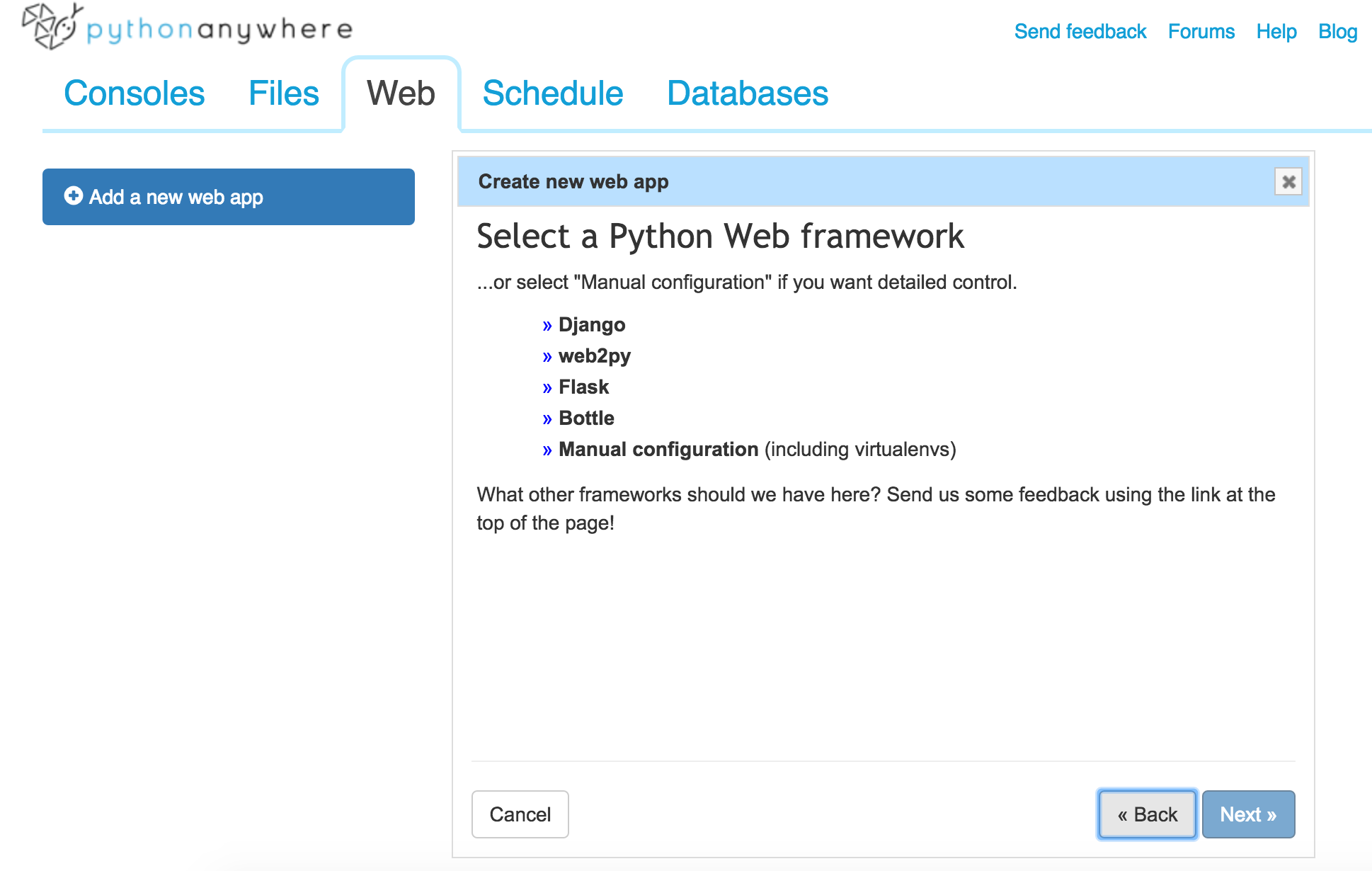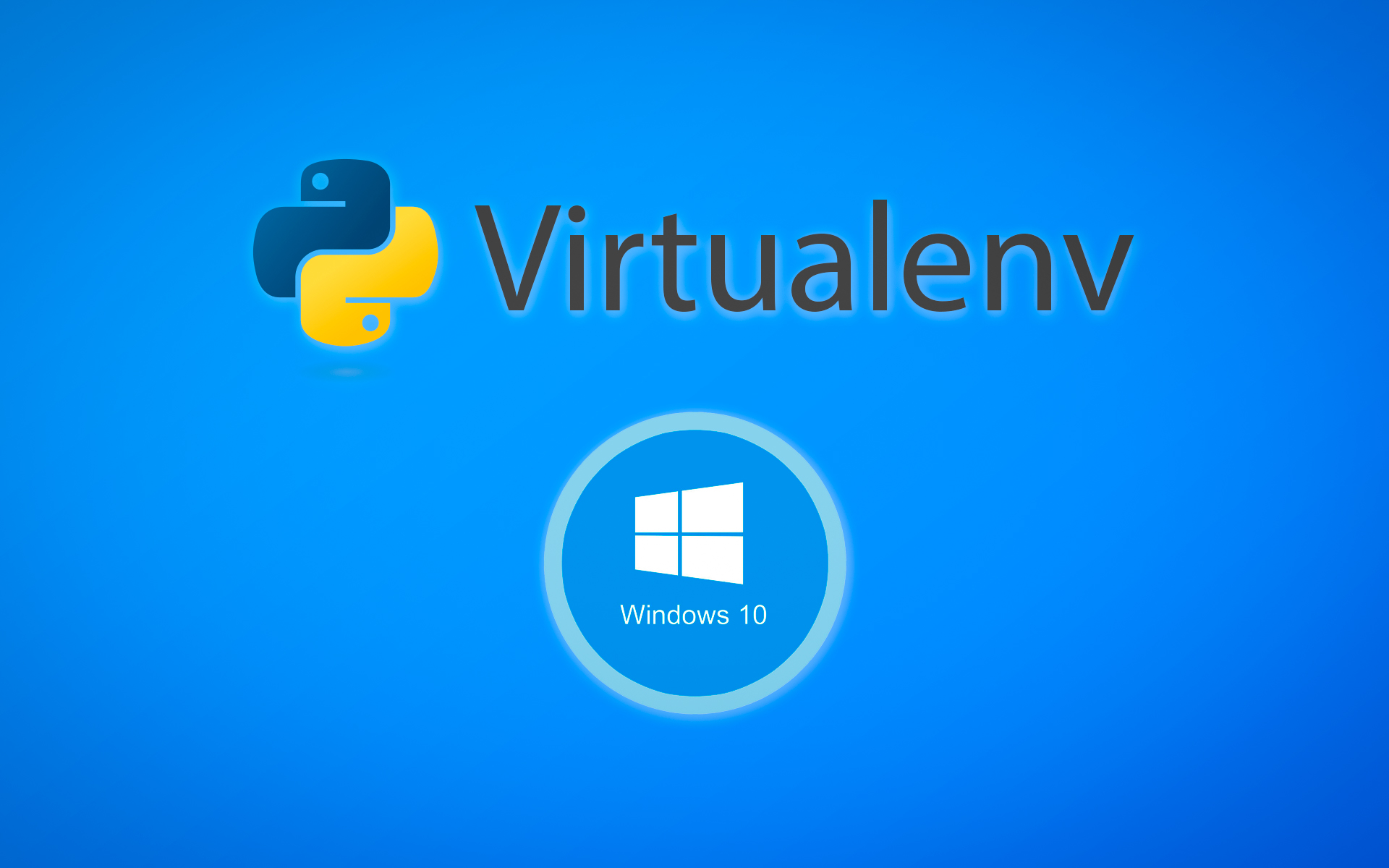

Public | django_session | table | hello_django Public | django_migrations | table | hello_django Public | django_content_type | table | hello_django Public | django_admin_log | table | hello_django Public | auth_user_user_permissions | table | hello_django

Public | auth_user_groups | table | hello_django Public | auth_user | table | hello_django Public | auth_permission | table | hello_django Public | auth_group_permissions | table | hello_django Public | auth_group | table | hello_django You are now connected to database "hello_django_dev" as user "hello_django". ( 4 rows ) hello_django_dev = # \c hello_django_dev Template1 | hello_django | UTF8 | en_US.utf8 | en_US.utf8 | =c/hello_django + Template0 | hello_django | UTF8 | en_US.utf8 | en_US.utf8 | =c/hello_django + Postgres | hello_django | UTF8 | en_US.utf8 | en_US.utf8 | Hello_django_dev | hello_django | UTF8 | en_US.utf8 | en_US.utf8 | Name | Owner | Encoding | Collate | Ctype | Access privileges $ docker-compose exec db psql -username =hello_django -dbname =hello_django_dev Next, add a docker-compose.yml file to the project root: Review Docker for Python Developers for more on structuring Dockerfiles as well as some best practices for configuring Docker for Python-based development.

PYTHONUNBUFFERED: Prevents Python from buffering stdout and stderr (equivalent to python -u option)įinally, we updated Pip, copied over the requirements.txt file, installed the dependencies, and copied over the Django project itself.PYTHONDONTWRITEBYTECODE: Prevents Python from writing pyc files to disc (equivalent to python -B option).We then set a working directory along with two environment variables: So, we started with an Alpine-based Docker image for Python 3.9.6.
#Virtualenv postgres app on windows install
# pull official base image FROM python:3.9.6-alpine # set work directory WORKDIR /usr/src/app # set environment variables ENV PYTHONDONTWRITEBYTECODE 1 ENV PYTHONUNBUFFERED 1 # install dependencies RUN pip install -upgrade pip


 0 kommentar(er)
0 kommentar(er)
